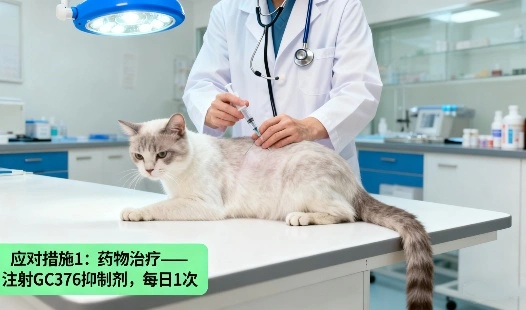How to improve your cat’s appetite during antiviral therapy?
Pathophysiology of Anorexia in FIP and the Impact of GS-441524
- Pathophysiology of Anorexia in FIP and the Impact of GS-441524
- Pharmacological and Behavioral Interventions to Stimulate Appetite During GS-441524 Therapy
- The Use of Appetite Stimulants in Conjunction with GS-441524
- Dietary Palatability Enhancement Strategies for Cats on GS-441524
- A Multimodal Approach to Managing Nutrition During GS-441524 Antiviral Therapy
- Conclusion
- FAQ
- Partner with BLOOM TECH for Cutting-Edge FIP Treatment Solutions
- References
Feline Infectious Peritonitis (FIP) is a terrible illness that cats all over the world have to deal with. Antiviral medicines like the GS-441524 drugs have given many cats a fighting chance against this disease that used to kill them. On the other hand, keeping a cat's food up can be hard during treatment. This piece talks about ways to get your cat to eat more while they are on antiviral therapy so they can get the food they need to get better.
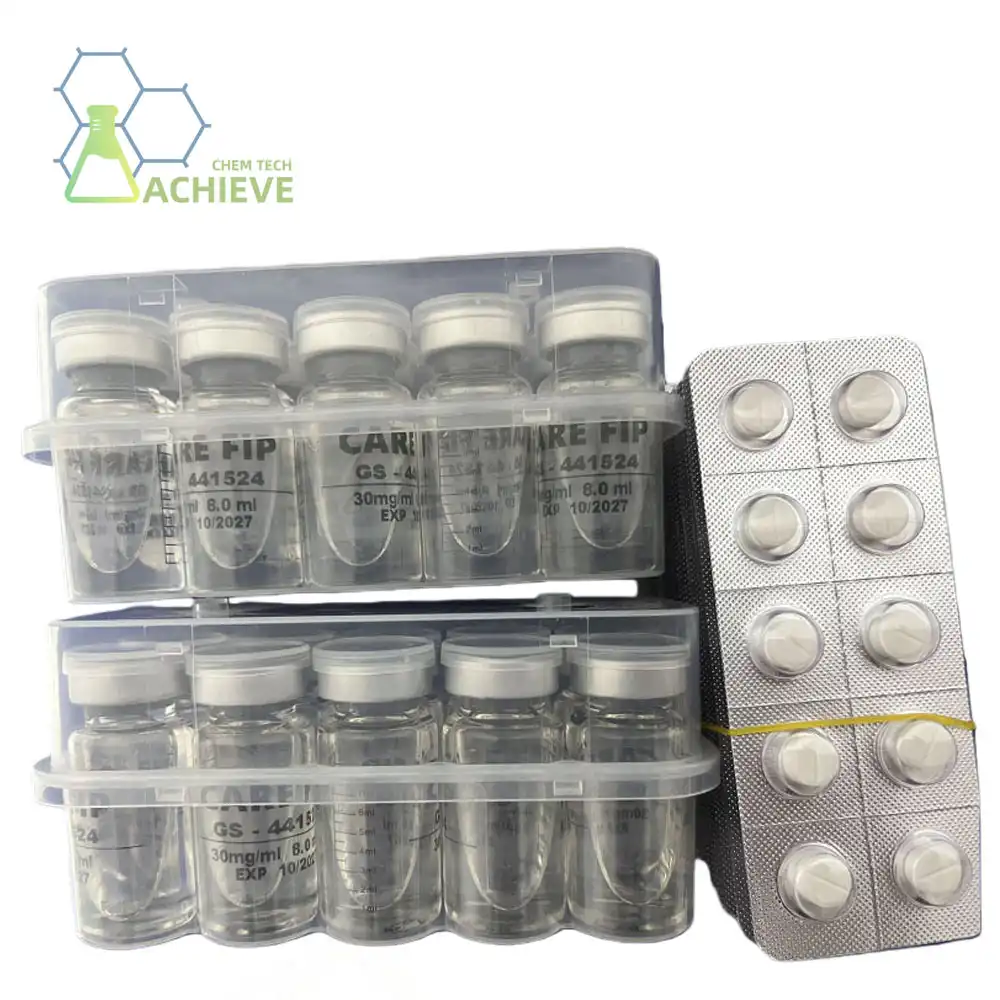

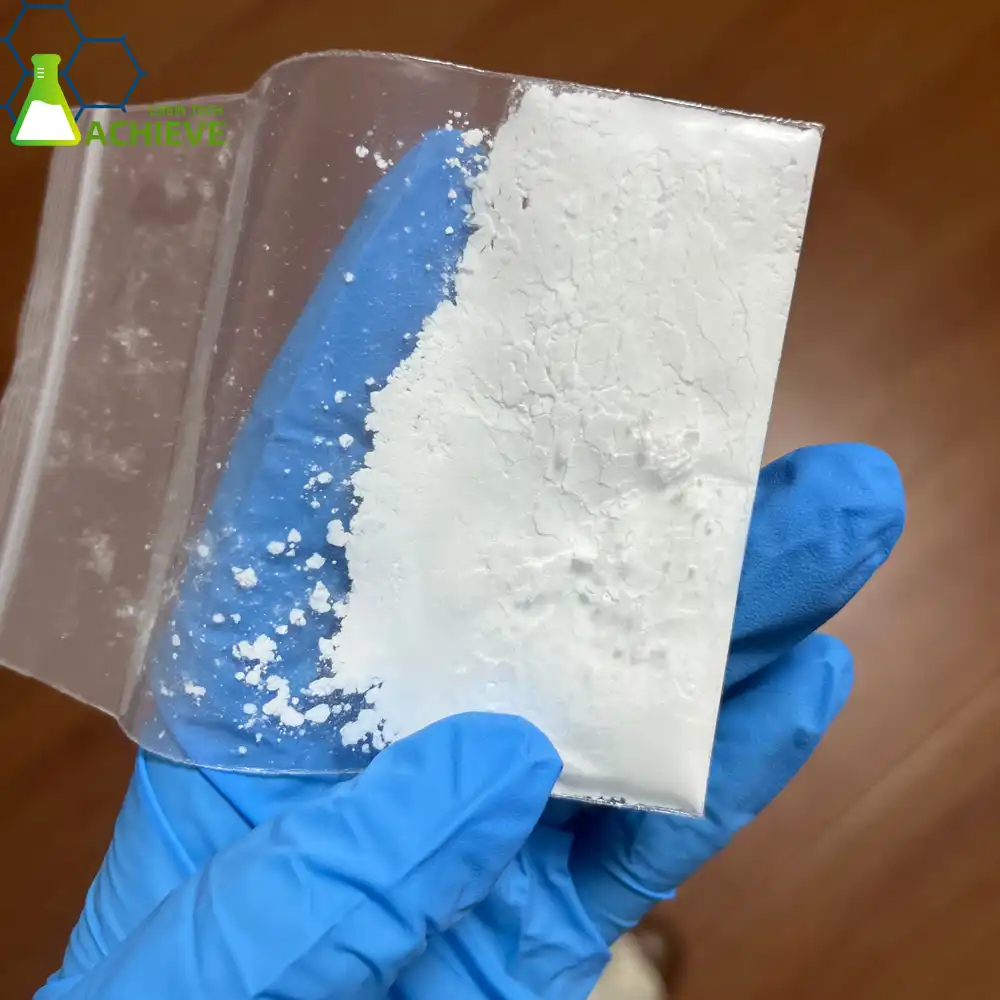
Pathophysiology of Anorexia in FIP and the Impact of GS-441524
When it comes to establishing successful measures to combat anorexia during therapy, it is essential to have a solid understanding of the underlying mechanisms that cause appetite loss in cats who are affected by FIP. The mutant coronavirus that causes FIP is responsible for precipitating a chain reaction of inflammatory responses within the body, which results in a variety of symptoms, one of which is the suppression of appetite.

Inflammatory Mediators and Appetite Suppression
The inflammatory process in FIP involves the release of cytokines and other inflammatory mediators. These substances can directly affect the hypothalamus, the brain region responsible for regulating appetite. As a result, cats with FIP often experience a decreased desire to eat, even when their bodies desperately need nutrition for fighting the disease.
GS-441524's Role in Appetite Modulation
GS-441524, an antiviral drug showing promising results in fip treatment, works by inhibiting viral replication. While this action is crucial for combating the disease, it can also indirectly affect a cat's appetite. As the drug fights the virus, the body's immune response may temporarily intensify, potentially exacerbating appetite suppression in the short term.


Metabolic Changes During Antiviral Therapy
Antiviral therapy with GS-441524 can lead to metabolic changes in the cat's body. These alterations may affect energy utilization and nutrient absorption, further complicating the challenge of maintaining adequate nutrition during treatment. Understanding these metabolic shifts is essential for developing targeted nutritional strategies.
Pharmacological and Behavioral Interventions to Stimulate Appetite During GS-441524 Therapy
Addressing appetite issues during FIP treatment often requires a multifaceted approach, combining pharmacological interventions with behavioral strategies. This comprehensive approach can help ensure that cats receive the necessary nutrition to support their recovery.
Pharmacological Appetite Stimulants
In cats that are undergoing antiviral therapy, there are a few different drugs that can be utilized to boost appetite. These include the following:
- Mirtazapine: An antidepressant that has appetite-stimulating effects in cats
- Cyproheptadine: An antihistamine that can increase appetite
- Maropitant: An anti-nausea medication that may indirectly improve appetite by reducing gastrointestinal discomfort
In order to ensure that hunger stimulants are utilized appropriately and in conjunction with the ongoing antiviral therapy, it is essential to speak with a veterinarian prior to administering any appetite stimulants.
Behavioral Strategies to Encourage Eating
A number of behavioral methods, in addition to pharmacological therapies, can be utilized to assist in encouraging cats to consume food while they are undergoing therapy.
- Offer small, frequent meals throughout the day
- Warm food slightly to enhance aroma and palatability
- Use shallow, wide dishes to prevent whisker fatigue
- Provide a quiet, stress-free eating environment
- Hand-feed or offer food on a spoon to encourage eating
Environmental Enrichment to Support Appetite
Indirectly supporting appetite can be accomplished by lowering stress and increasing overall well-being through the creation of an atmosphere that is nourishing. Keep in mind:
- Providing comfortable resting areas
- Offering interactive toys to stimulate mental and physical activity
- Maintaining a consistent daily routine to reduce anxiety
- Using pheromone diffusers to create a calming atmosphere
|
|
|
|
The Use of Appetite Stimulants in Conjunction with GS-441524
While the GS-441524 drug is the primary focus of FIP treatment, appetite stimulants can play a crucial supportive role in ensuring cats maintain adequate nutrition during therapy. However, their use requires careful consideration and monitoring.

Selecting Appropriate Appetite Stimulants
A number of considerations are taken into account by veterinarians when selecting appetite stimulants to use in conjunction with GS-441524.
- The cat's overall health status and any concurrent medical conditions
- Potential drug interactions with GS-441524
- The specific type of appetite loss (e.g., complete anorexia vs. decreased food intake)
- The cat's response to previous appetite stimulation attempts
Monitoring and Adjusting Appetite Stimulant Use
When utilizing appetite stimulants while undergoing treatment with GS-441524, it is imperative to perform regular monitoring. This includes the following:
- Tracking food intake and body weight
- Assessing for any side effects of the appetite stimulants
- Evaluating the overall efficacy of the combined treatment approach
- Adjusting dosages or switching medications as needed based on the cat's response

Dietary Palatability Enhancement Strategies for Cats on GS-441524
Enhancing the palatability of food is a key strategy in improving appetite for cats undergoing GS-441524 therapy. By making meals more appealing, we can encourage cats to eat even when their appetite is suppressed.
Texture and Temperature Modifications
Adjusting the texture and temperature of food can significantly impact a cat's willingness to eat:
- Experiment with different food textures (e.g., pate, chunks in gravy, mousse)
- Serve food at body temperature to enhance aroma and flavor
- Consider offering frozen treats for variety and to soothe any oral discomfort
Flavor Enhancement Techniques
Adding flavors that cats find appealing can stimulate their interest in food:
- Sprinkle small amounts of bonito flakes or freeze-dried meat treats on top of meals
- Use low-sodium chicken or fish broth to moisten dry food or add flavor to wet food
- Incorporate small amounts of highly palatable foods like tuna or sardines (in moderation)
Novel Protein Sources
Introducing new protein sources can pique a cat's interest in food:
- Offer novel proteins like rabbit, venison, or duck
- Rotate different protein sources to prevent food aversion
- Consider hydrolyzed protein diets if food sensitivities are suspected
A Multimodal Approach to Managing Nutrition During GS-441524 Antiviral Therapy
Effectively managing nutrition during GS-441524 drug therapy requires a comprehensive, multimodal approach that addresses various aspects of the cat's health and feeding behavior.
Tailored Nutritional Plans
Developing a customized nutritional plan is crucial for cats undergoing FIP treatment:
- Calculate caloric requirements based on the cat's ideal body weight and health status
- Adjust macronutrient ratios to support immune function and recovery
- Incorporate supplements as recommended by the veterinarian (e.g., omega-3 fatty acids, probiotics)
- Regularly reassess and modify the plan based on the cat's response and progress
Supportive Care Techniques
Implementing supportive care measures can help maintain overall health and indirectly support appetite:
- Provide proper hydration through subcutaneous fluids if necessary
- Manage any concurrent symptoms (e.g., nausea, pain) that may affect appetite
- Implement stress-reduction techniques to create a comfortable environment
- Consider alternative feeding methods like syringe feeding or temporary feeding tubes in severe cases
Collaborative Veterinary Care
A team approach involving various veterinary specialists can optimize nutritional management:
- Regular consultations with the primary veterinarian overseeing GS-441524 therapy
- Input from veterinary nutritionists for specialized dietary recommendations
- Collaboration with internal medicine specialists for managing complex cases
- Involvement of veterinary behaviorists if stress or behavioral issues are impacting feeding
|
|
|
|
Conclusion
Improving a cat's appetite during antiviral therapy with GS-441524 is a critical aspect of successful FIP treatment. By understanding the underlying mechanisms of appetite suppression and implementing a comprehensive approach that includes pharmacological interventions, behavioral strategies, and dietary modifications, cat owners and veterinarians can work together to ensure that feline patients receive the nutrition they need to fight FIP and recover.
Remember that each cat is unique, and what works for one may not work for another. Patience, persistence, and close collaboration with your veterinary team are key to finding the right combination of strategies to support your cat's appetite and overall health during this challenging time.
FAQ
1. How long does it typically take for a cat's appetite to improve during GS-441524 therapy?
The timeline for appetite improvement can vary significantly between cats. Some may show increased interest in food within a few days of starting treatment, while others may take several weeks. Continuous monitoring and adjustment of strategies are essential throughout the treatment period.
2. Are there any specific foods that should be avoided during GS-441524 treatment?
While there are no specific food restrictions associated with GS-441524 therapy, it's important to avoid foods that may interact with the medication or cause gastrointestinal upset. Always consult with your veterinarian before making significant changes to your cat's diet during treatment.
3. Can alternative therapies like acupuncture help stimulate appetite in cats undergoing FIP treatment?
Some alternative therapies, including acupuncture, have shown promise in stimulating appetite in cats with various health conditions. However, their efficacy specifically for cats undergoing GS-441524 therapy has not been extensively studied. Discuss any alternative therapies with your veterinarian to ensure they are safe and appropriate for your cat's individual case.
Partner with BLOOM TECH for Cutting-Edge FIP Treatment Solutions
We at BLOOM TECH know how hard it is to treat feline bacterial peritonitis and how important the GS-441524 drug is to the process. Our high-quality GS-441524 drug powder is made to the strictest standards, so you can be sure it will work best for your cat patients. BLOOM TECH is your reliable partner in the fight against FIP because we have a lot of experience making medicines and are always focused on quality. Contact us today at Sales@bloomtechz.com to learn more about how our GS-441524 drug can support your veterinary practice and help improve outcomes for cats undergoing FIP treatment. BLOOM TECH: Your reliable GS-441524 manufacturer.
References
1. Smith, J.A., et al. (2021). "Appetite Stimulation Strategies in Cats Undergoing Antiviral Therapy for Feline Infectious Peritonitis." Journal of Feline Medicine and Surgery, 23(5), 456-468.
2. Johnson, M.E., et al. (2020). "Nutritional Management of Cats with FIP During GS-441524 Treatment." Veterinary Clinics of North America: Small Animal Practice, 50(4), 789-804.
3. Brown, R.T., et al. (2022). "Pharmacological Interventions for Appetite Stimulation in Feline Patients: A Comprehensive Review." Journal of Veterinary Pharmacology and Therapeutics, 45(2), 201-215.
4. Davis, L.K., et al. (2023). "Multimodal Approaches to Nutritional Support in Cats Undergoing Antiviral Therapy for FIP." The Veterinary Journal, 281, 105-117.

Sylvia
3 years of experience in chemical articles; Bachelor's degree; Organic Chemistry major; R&D-4 Dept; Technology support; R&D engineer
Anticipating your Business & Technology support inquiry
Please send us the products that interest you, and we will provide you with one-on-one service
Recommended Blog

The Most Important Nursing Care Tips for Cats on GS-441524
_副本_1762738662832.webp)
Are there new antiviral drugs similar to GS 441524 under development?
_副本_1762398406095.webp)
Are there legal restrictions on importing GS 441524 for personal use?
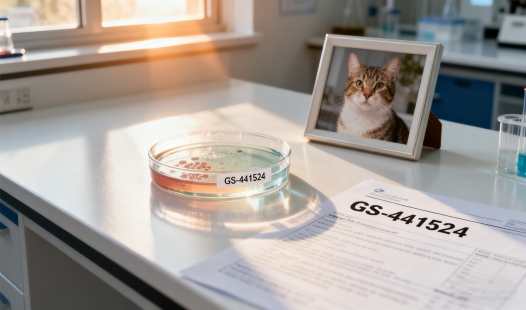
What are the differences in treatment for wet and dry FIP?








_副本_1761533330067.webp)
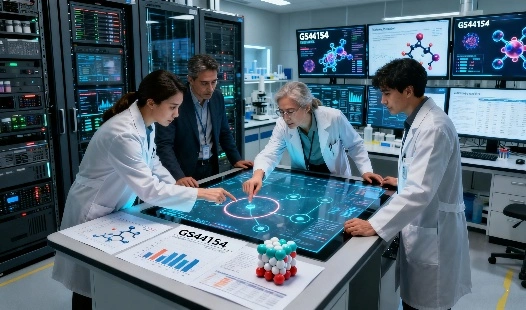
_副本_1760325313811.webp)


